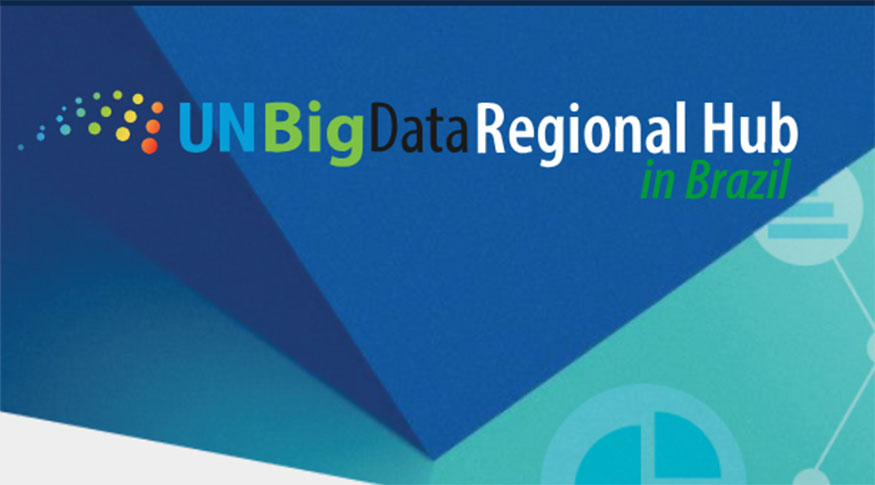PNAD COVID19
Number of persons away from work due to the pandemic falls to 6.2 million in the 3rd week of July
August 07, 2020 09h00 AM | Last Updated: August 08, 2020 10h45 AM

The number of persons temporarily away from work due to social distancing fell for the eighth week in a row, with a change from 7 million in the second week of July to 6.2 million in the third week, according to the IBGE's PNAD COVID19, released today (7). At the start of the survey, in the beginning of May, 16.6 million were away from work due to social isolation. So, approximately 10.4 million have returned to work.
“Once the total number of persons not away from work increased in the third week of July, it indicates that most of the persons who were away due to social distancing went back to the positions they held before the pandemic,” the survey coordinator, Maria Lucia Vieira, explains.
The group of persons reporting a reason other than social distancing to be away from work remained leveled off at 3.1 million. ”Those workers may be away for other reasons, such as a medical treatment and maternity leave, for example”, said Maria Lúcia, as she highlights that a total 9.3 million persons were away from work in July.
The number of persons working remotely (8.2 million) also remained stable in the third week of June. That group had decreased for the first time in the week before. In the beginning of May, 8.7 million were working from home.
The group of persons who would like to work, but did not search for work due to the pandemic or to lack of a position in their locality of residence was 18.6 million.
The survey also showed that the informality rate fell to 32.5% in the third week of July, against the preceding week. That corresponds to 26.6 million persons. In the beginning of May, 29.9 million (35.7%) were informal workers.
Among informal workers are persons employed in the private sector without a formal contract; employers that do not pay the INSS benefit; non-paid self-employed workers helping a resident of their household or a relative.
The unemployment rate stayed at 13.1% and reached 12.3 million persons without a job. Employment changed little from the second to the third week of July, but that figure was smaller than in the first week of May (83.9 million). Less than half of the population (48.0%) was working in the third week of July.
A total 2.8 million persons reporting symptoms sought medical assistance at SUS units
About 13.8 million persons reported having flu-like symptoms, but only 3.3 million sought medical assistance, most of them (2.8 million) at units belonging to SUS (Unified Healthcare System) in the third week of July. From that total, 136 thousand were hospitalized. In the beginning of May, when PNAD COVID19 started, 26.8 million reported having symptoms.
A headache was the most recurring complaint (6.3 million) in the third week of July, followed by a runny or stuffy nose (5.2 million), cough (4.5 million), muscular pain (3.8 million), a sore throat (3.8 million), fatigue (2.5 million), loss of smell or taste (1.7 million), difficulty to breathe (1.7 million) and pain in the eyes (1.4 million).
Among the 3.3 million persons who reported any of these symptoms, 44.6% said they sought medical assistance at community healthcare units, 22.4% at emergency care units and another 18.1% at SUS hospitals. In the private segment, 9.3% sought medical assistance at private or military ambulatory care/offices and 5.9% at emergency healthcare units and 10.8% at hospitals.
In the same period, 76.6% reported not having visited any health establishment. Another 59.1% said they took some medicine on their own account. A total 13.9% took medicines prescribed by a doctor. In addition, 4.3% called some health professional and 2.5% were visited by SUS healthcare agents.
Carried out with the support of the Ministry of Health, PNAD COVID19 is a version of the National Household Sample Survey - Continuous PNAD aimed at pinpointing the impacts of the pandemic on the labor market and at quantifying the persons with symptoms associated to the flu syndrome. The IBGE releases the survey on a weekly and monthly basis. It comprises the products of the Experimental Statistics.


















